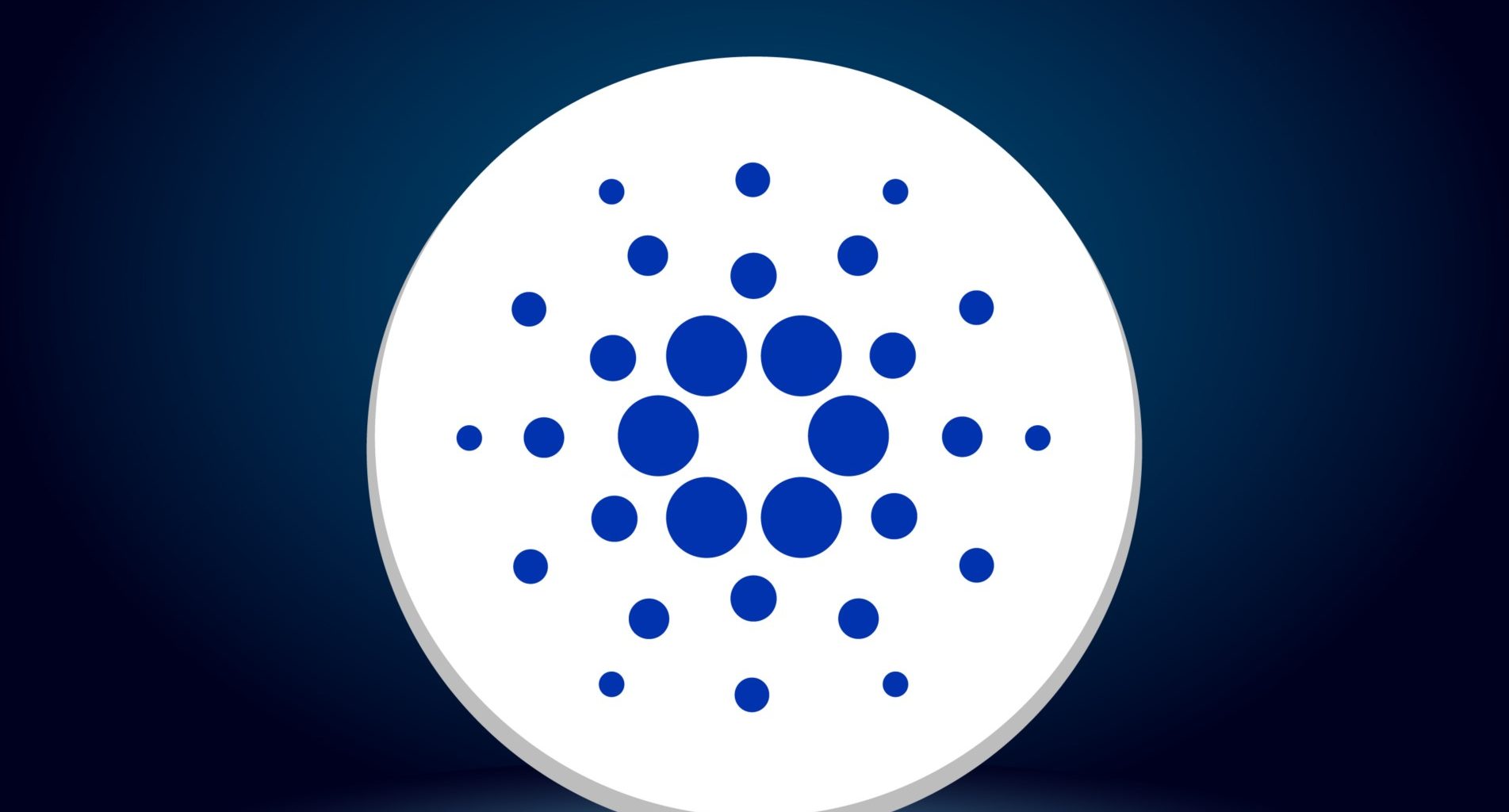As one of the most scientifically rigorous blockchain platforms, Cardano (ADA) has built a reputation as a blockchain with a strong focus on academic research, security, and scalability. Founded by Charles Hoskinson, a co-founder of Ethereum, Cardano was created to address the limitations of previous blockchain networks and is widely regarded for its commitment to scientific principles and peer-reviewed development processes. Cardano’s native cryptocurrency, ADA, is used across its ecosystem to enable transactions, staking, and governance.
This deep dive will explore Cardano’s unique approach to blockchain development, its layered architecture, consensus mechanism, and core use cases in the crypto space. We’ll also examine how Cardano’s development roadmap and governance structure position it as a leading platform in the ever-evolving blockchain landscape.
What Is Cardano? An Overview of Its Unique Design
Cardano is a third-generation blockchain developed to improve on the foundations laid by Bitcoin (first generation) and Ethereum (second generation). While Bitcoin introduced decentralized currency and Ethereum brought programmability through smart contracts, Cardano seeks to integrate scalability, interoperability, and sustainability through a rigorous, scientific approach to blockchain technology.
Layered Architecture: Separate Layers for Transactions and Computation
Cardano is designed with a two-layer architecture:
- Cardano Settlement Layer (CSL): This layer manages ADA transactions, enabling users to send and receive ADA quickly and securely. It functions similarly to Bitcoin, focusing solely on monetary transfers and ensuring fast transaction processing.
- Cardano Computation Layer (CCL): The CCL allows for the execution of smart contracts and decentralized applications (dApps). By separating the computation layer from the settlement layer, Cardano enhances scalability, as each layer can be optimized independently for its specific purpose.
This layered design allows for greater flexibility and scalability. Unlike Ethereum, where transaction processing and computation occur on the same layer, Cardano’s architecture enables it to handle increasing demand without compromising network efficiency.
Proof-of-Stake Consensus: Ouroboros
Cardano introduced a novel proof-of-stake (PoS) consensus algorithm known as Ouroboros. Ouroboros was the first PoS protocol to be scientifically peer-reviewed and has undergone several upgrades, with the current version known as Ouroboros Praos.
Key features of Ouroboros include:
- Energy Efficiency: Unlike proof-of-work (PoW) networks, Cardano’s PoS model doesn’t require high energy consumption, making it environmentally friendly and sustainable.
- Security: Ouroboros is based on rigorous mathematical proofs and is designed to resist 51% attacks and other security threats.
- Staking Pools: ADA holders can delegate their tokens to staking pools to help validate transactions and secure the network, earning rewards in the process.
The Ouroboros consensus mechanism ensures that Cardano is scalable, secure, and capable of supporting a high transaction throughput without compromising decentralization.
Cardano’s Key Use Cases and Applications in the Crypto Space
Cardano’s scalability, security, and flexibility have opened the door for numerous use cases across various industries. As its smart contract functionality continues to evolve, Cardano is being adopted in areas such as DeFi, supply chain management, identity verification, and sustainability projects.
Decentralized Finance (DeFi)
One of the most promising use cases for Cardano is in the field of Decentralized Finance (DeFi). Although Cardano’s DeFi ecosystem is still in its early stages, it has the potential to rival networks like Ethereum and Binance Smart Chain. Cardano’s low transaction fees and scalable network make it an attractive option for DeFi platforms that require efficient transaction processing and secure smart contracts.
Some emerging DeFi projects on Cardano include:
- Minswap: A decentralized exchange (DEX) that allows users to trade ADA and other Cardano-based tokens.
- Ardana: A DeFi hub that aims to provide decentralized stablecoins and asset-backed stable lending on Cardano.
- Liqwid Finance: A decentralized lending protocol that enables ADA holders to earn interest on their holdings or borrow against them.
As Cardano’s ecosystem grows, it is likely to attract more DeFi applications, offering users new ways to lend, borrow, trade, and earn within a decentralized, secure environment.
Identity Verification and Digital Identity
Cardano has made significant strides in the area of identity verification and digital identity. Through its partnership with Atala PRISM, Cardano is providing digital identity solutions for individuals who lack access to formal identification systems, particularly in developing countries. This initiative allows individuals to create and manage their own identities on the blockchain, giving them access to financial services, healthcare, and other essential resources.
One notable project is Cardano’s partnership with the Ethiopian government, where Atala PRISM is being used to build a blockchain-based identity solution for students. This system will help verify academic credentials, reduce fraud, and improve transparency in the education sector. By tackling the identity verification problem, Cardano is demonstrating the potential of blockchain technology to solve real-world challenges and promote financial inclusion.
Supply Chain and Product Authenticity
Cardano’s transparency and immutability make it a suitable solution for supply chain management and product authenticity. By recording data on the blockchain, businesses can provide consumers with verifiable information about the origin and journey of products. This use case has significant implications for industries like pharmaceuticals, luxury goods, and agriculture, where counterfeit goods are a serious concern.
The Cardano Foundation has explored supply chain initiatives with several partners to ensure product authenticity, improve traceability, and enhance consumer trust. For example, Cardano’s platform can be used to trace the origin of coffee beans, ensuring that consumers purchase ethically sourced products.
Sustainability and Climate Initiatives
As a blockchain with a strong focus on sustainability, Cardano is actively involved in climate initiatives. Cardano’s low energy consumption makes it a viable solution for carbon trading, carbon offsetting, and other environmental applications. The blockchain’s ability to securely record data related to carbon emissions and offsets has attracted interest from organizations working to combat climate change.
Through partnerships with Veritree and other sustainability-focused organizations, Cardano has supported reforestation and environmental conservation projects. The network’s transparency and immutability make it ideal for verifying environmental data, creating trust in climate-related efforts.
Decentralized Applications (dApps) and Smart Contracts
Cardano’s Alonzo upgrade, completed in 2021, introduced smart contract functionality to the platform. This update has allowed developers to create dApps on Cardano, expanding its use case beyond simple transactions to complex decentralized applications. Cardano’s smart contract functionality, written in Plutus (a smart contract language based on Haskell), provides developers with a secure and flexible framework for building applications.
Notable dApps include:
- SundaeSwap: A DEX that allows users to trade ADA and other tokens on the Cardano blockchain.
- Meld: A decentralized banking protocol that offers lending, borrowing, and yield farming services.
- Empowa: A real estate dApp that aims to provide affordable housing solutions in Africa.
The growth of Cardano’s dApp ecosystem is likely to attract more developers and users, further driving adoption and network activity.
Cardano’s Governance Model: Ensuring Decentralization and Community Participation
Cardano’s governance is managed through Project Catalyst, an innovative decentralized governance system that allows ADA holders to propose and vote on projects and improvements to the network. Project Catalyst has funded numerous initiatives that contribute to Cardano’s ecosystem, including DeFi projects, community outreach efforts, and developer support programs.
Project Catalyst
Project Catalyst is one of the world’s largest decentralized innovation funds, with millions of dollars available to fund proposals that benefit the Cardano ecosystem. ADA holders can participate by voting on proposals, helping to shape the future of Cardano. This community-driven approach ensures that Cardano remains decentralized and that its development aligns with the needs and priorities of its users.
Voltaire Era: The Future of Cardano’s Governance
Cardano’s development roadmap is divided into five eras: Byron (foundation), Shelley (decentralization), Goguen (smart contracts), Basho (scalability), and Voltaire (governance). The Voltaire era is focused on implementing a fully decentralized governance system, where ADA holders will have even greater control over network decisions.
Once the Voltaire era is fully implemented, Cardano will have a self-sustaining governance model, funded by transaction fees and treasury contributions. This will allow Cardano to evolve without relying on a central organization, solidifying its position as one of the most decentralized platforms in the industry.
Cardano’s Development Roadmap and Future Potential
Cardano’s development roadmap is one of the most comprehensive in the blockchain space. By following a phased approach and focusing on rigorous testing and peer-reviewed research, Cardano aims to build a secure, scalable, and future-proof blockchain network.
Basho Era: Scaling and Optimizing the Network
The Basho era focuses on scalability and network optimization. Cardano’s goal is to increase throughput, reduce latency, and improve the overall performance of the network, preparing it to handle millions of users. Some of the key initiatives in the Basho era include:
- Hydra: A Layer 2 scaling solution that allows Cardano to process transactions off-chain, significantly increasing throughput.
- Sidechains: Cardano is working on enabling sidechains that will allow different blockchains to connect and interact with Cardano’s mainnet, further expanding its interoperability.
The advancements in the Basho era will help Cardano scale to meet the demands of DeFi, gaming, and other high-volume applications.
Vision for Global Adoption
Cardano’s vision is to become a global financial operating system, enabling access to financial services and digital identity solutions for people worldwide. Its partnerships in developing countries, focus on sustainability, and commitment to interoperability make it well-suited for achieving global adoption.
With continued development, Cardano has the potential to become one of the leading blockchain platforms for real-world applications, particularly in regions with limited access to traditional financial infrastructure.
Why Cardano Is Positioned as a Leading Platform in the Crypto Space
Cardano stands out in the blockchain industry for its methodical, research-driven approach to development. By prioritizing scalability, security, and interoperability, Cardano has created a flexible and robust platform capable of supporting a wide range of applications, from DeFi and dApps to digital identity and supply chain solutions. Its unique layered architecture, energy-efficient consensus mechanism, and community-driven governance model give it a competitive advantage in the crypto space.
As Cardano continues to evolve and expand its ecosystem, it could become a key player in the future of finance, digital identity, and sustainable blockchain solutions. With a strong commitment to scientific rigor and real-world impact, Cardano’s influence is likely to grow, establishing it as one of the most important platforms in the blockchain world.




